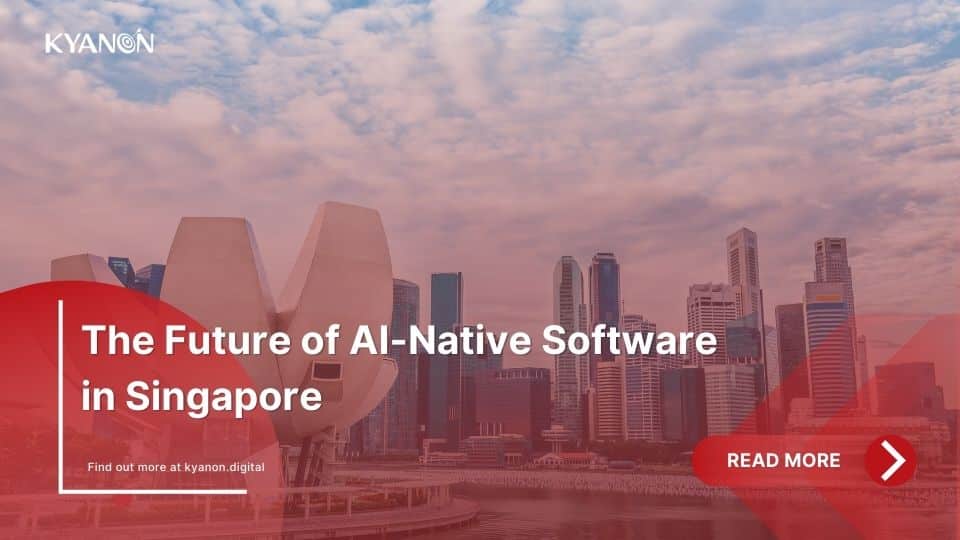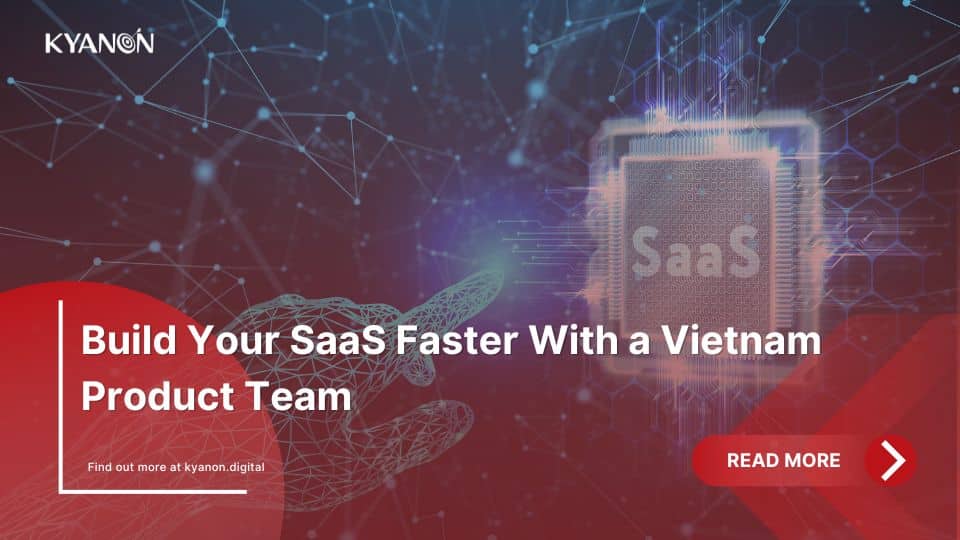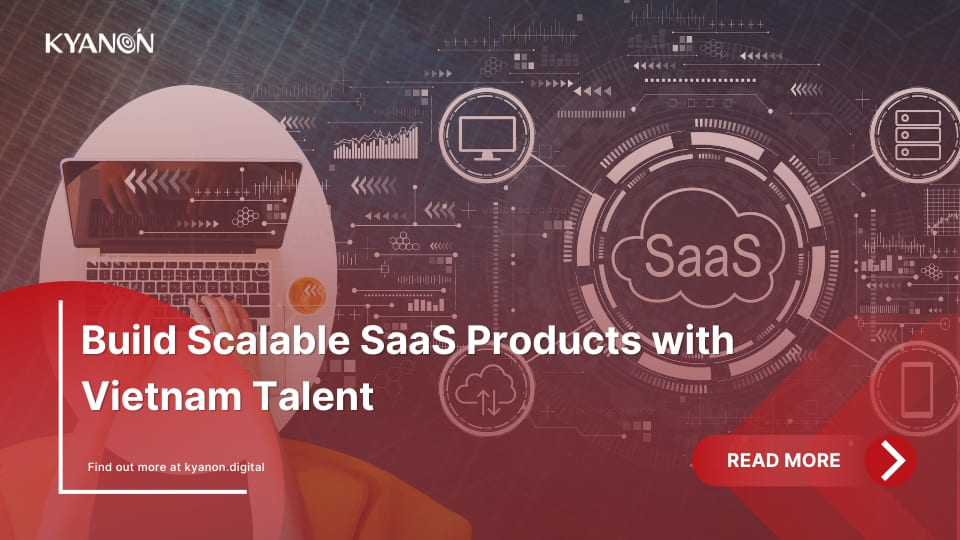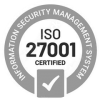Augmented Reality
Services
Development of AI-powered augmented reality (AR) applications involves integrating advanced image recognition, real-time object detection, and seamless digital overlays to enhance user experiences. Kyanon Digital specializes in crafting cutting-edge AR solutions that deliver high accuracy, immersive interactions, and seamless performance across various industries.
13 YEARS
in Agile Engineering & Software Development
500+
Consultants & Engineers
5
Global Offices
100+
Clients, including Fortune 500
Our Awards & Recognitions
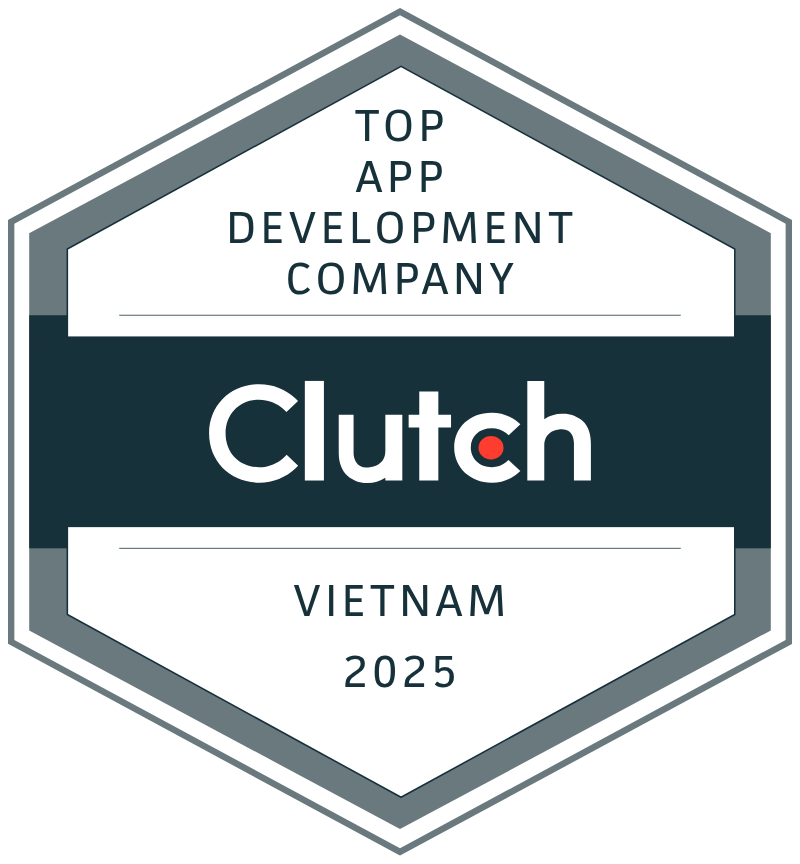
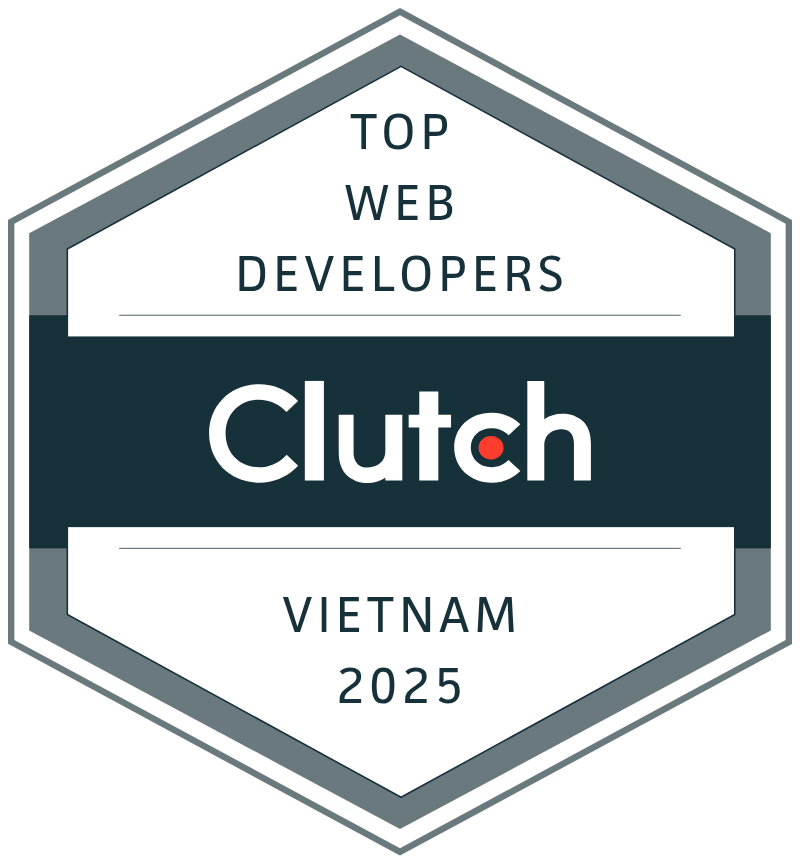
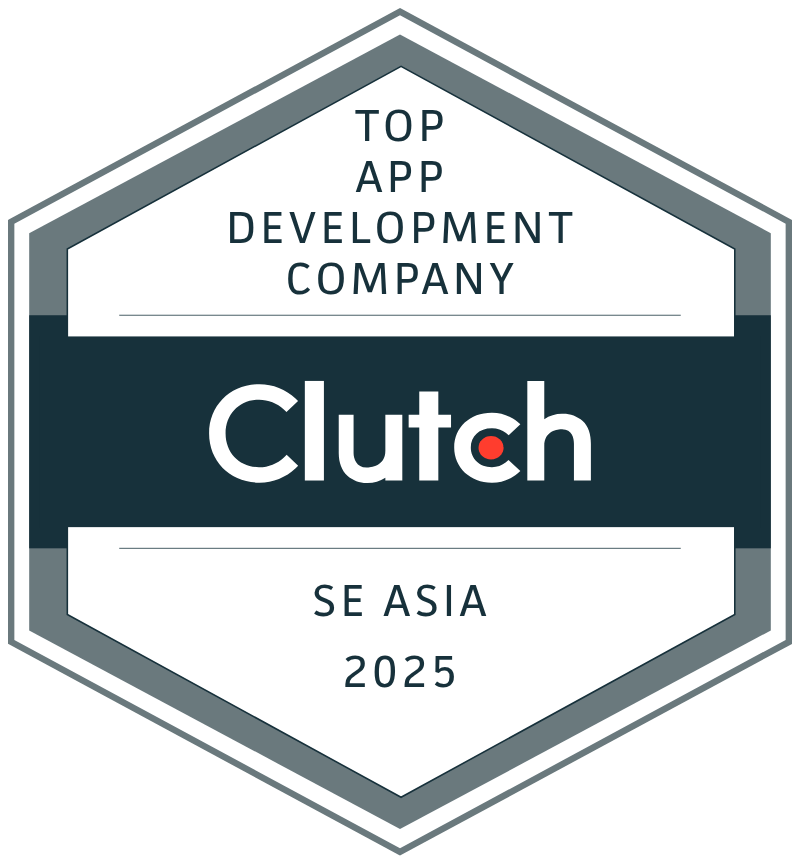
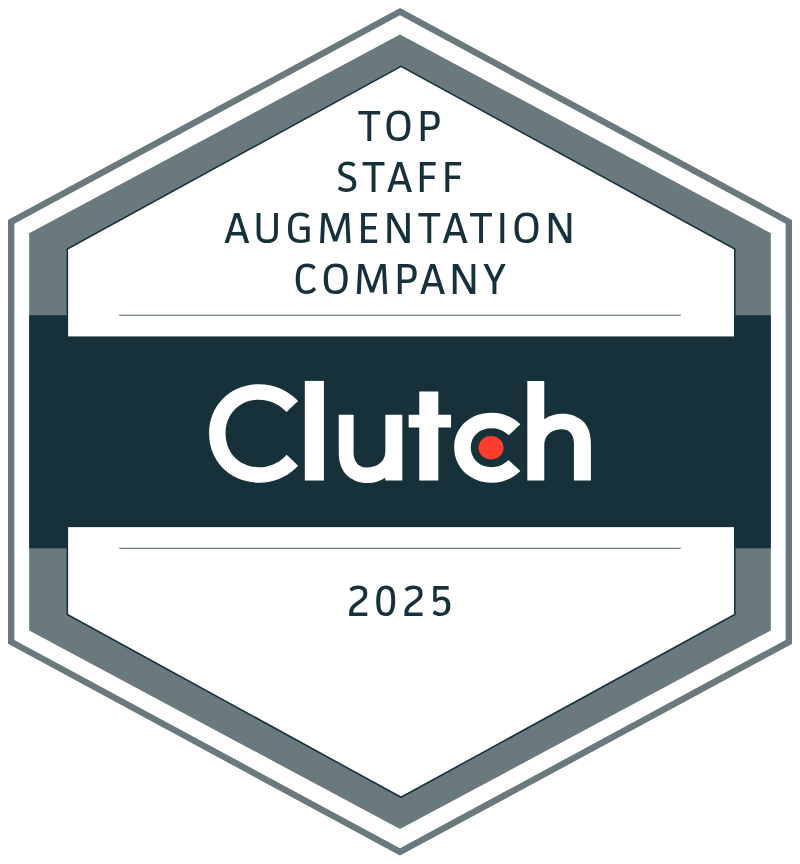
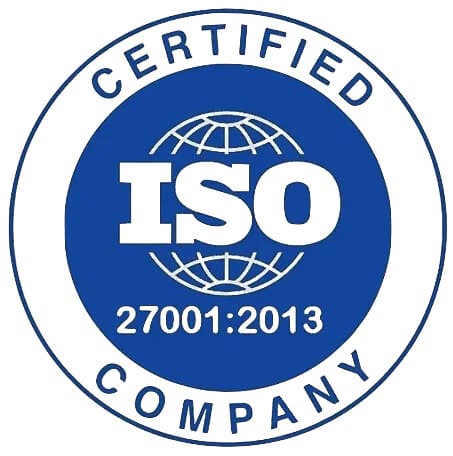

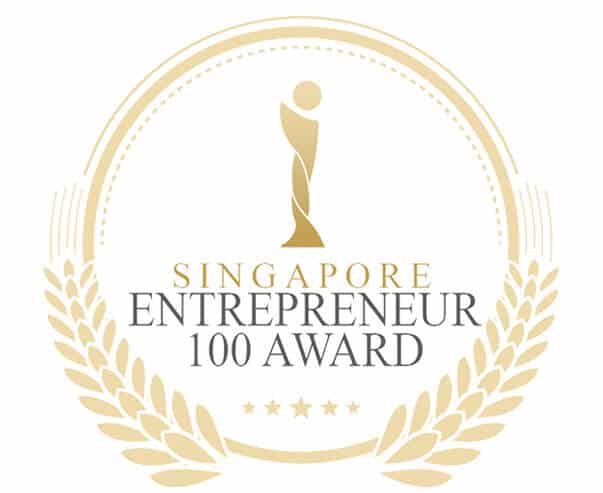
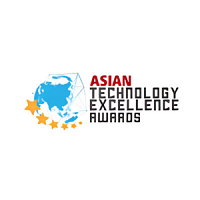

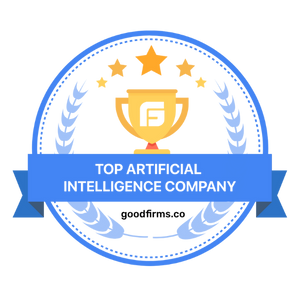
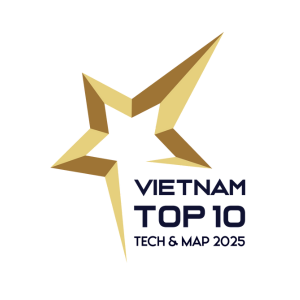
Quality-first approach based on a mature ISO 9001-certified quality management system.
ISO 27001-certified security management that relies on comprehensive policies and processes, advanced security technology, and skilled professionals.
A full-scale PMO able to carry out even the most complex projects.
A leading outsourcing provider featured on the Clutch for three years in a row.
We are trusted by Fortune 500 companies



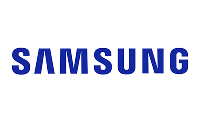
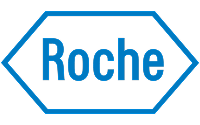


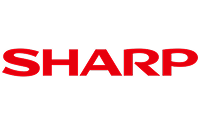
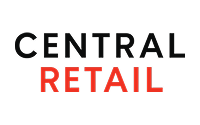

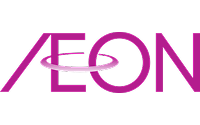

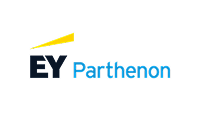


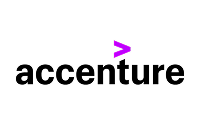
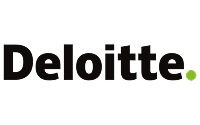
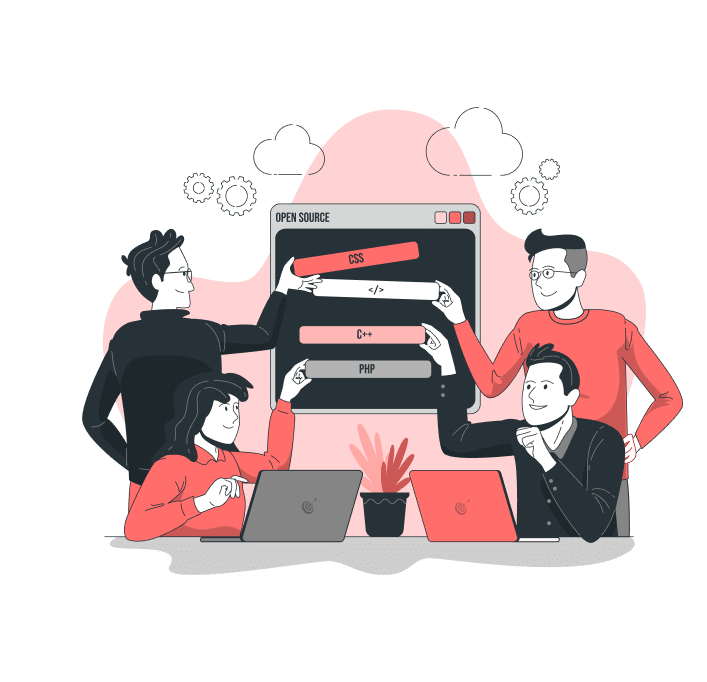
What makes Kyanon Digital different ?
Human-Centric Design, Engineering Excellence, Empowered by Agility
Human-Centric Design:
We design solutions that are intuitive, impactful, and crafted to solve real-world challenges while enhancing user experiences.
Engineering Excellence:
With our Center of Excellence (CoE) driving innovation, we deliver scalable, reliable, and future-ready digital solutions.
High-performance Agile Teams:
Our expert teams seamlessly integrate with yours, combining technical expertise, agile mastery, and transparent collaboration to deliver adaptable, high-impact results.
Why Are Companies Investing in Augmented Reality?
Augmented Reality (AR) is revolutionizing industries by seamlessly blending digital elements with the real world, creating immersive and interactive experiences. Businesses across various sectors are embracing AR to enhance customer engagement, streamline operations, and gain a competitive edge.
Key Benefits of Augmented Reality Application
Enhanced Customer Engagement
Captivate audiences with interactive and immersive brand experiences.
Improved Training & Skill Development
AR-based simulations provide hands-on training, reducing risks and improving knowledge retention.
Operational Efficiency
Streamline workflows with real-time data visualization and automated decision-making.
Better Decision-Making
AR-powered data visualization helps in analyzing complex information quickly and accurately.
Remote Assistance & Collaboration
Enable real-time troubleshooting and collaboration, reducing downtime and support costs.
Competitive Advantage
Differentiate your brand with cutting-edge AR solutions that boost customer satisfaction and engagement.
Elevate your digital experience with top-tier AR solutions! Whether for eCommerce, training, or interactive experiences, our expertise in AR development brings your vision to life.
Kyanon Digital’s Augmented Reality Application Service Offerings
Scene detection
Our AR apps utilize camera input to capture real-world environments, process the data into a detailed coordinate-based image, and generate a depth map for precise and realistic 3D model placement.
Image and object recognition
Our AR apps accurately analyze real-world surroundings by recognizing and mapping objects in 2D images and 3D space, enabling seamless integration of virtual content for an immersive experience.
Motion tracking
Compatible with all smartphones and tablets, our AR apps utilize GPS, gyroscopes, and accelerometers to dynamically adjust and calibrate virtual augmentations in real time as you and your device move.
Light estimation
Our AR apps leverage advanced light estimation algorithms to automatically adjust lighting and shadows, ensuring seamless integration of 3D models into real-world environments for a more natural and immersive experience.
Let Augmented Reality Experts Bring Your Vision to Life
Tell us about your goals, challenges, and requirements, our team will respond swiftly with tailored insights, expert recommendations, and a strategic action plan to move forward.
What are the key factors to consider when building an Augmented Reality Application?
Developing a high-quality AR application requires careful planning and consideration of multiple factors. Here are the key elements to keep in mind.
Define Clear Business Goals & Use Cases
Before starting development, define what you want to achieve with your AR app. Are you looking to enhance customer engagement, provide interactive training, improve e-commerce experiences, or create immersive marketing campaigns?
A clear objective will help you determine the right features, functionality, and technologies needed.
Select the Right AR Development Framework
Choosing the right AR framework is crucial. Consider factors like platform compatibility, support for features like SLAM (Simultaneous Localization and Mapping), cloud anchors, and real-time object tracking. Popular AR development platforms include:
- ARKit (Apple) – Ideal for iOS applications with strong support for motion tracking, face recognition, and object occlusion.
- ARCore (Google) – Suitable for Android applications, supporting motion tracking, environmental understanding, and light estimation.
- Vuforia – A great choice for marker-based AR applications, offering strong image and object recognition capabilities.
- Microsoft Mixed Reality Toolkit (MRTK) – Designed for HoloLens and mixed reality applications, supporting spatial mapping and hand tracking.
Choose the Right Hardware & Compatibility
Your AR application should align with your target audience’s devices. Consider these aspects:
- Smartphones & Tablets – Works well for AR gaming, shopping, and interactive experiences using mobile cameras.
- AR/VR Headsets – Devices like Microsoft HoloLens, Oculus Quest, or Magic Leap provide immersive AR/VR experiences, ideal for enterprise use cases like training and simulations.
- Wearables & Smart Glasses – Used in hands-free industrial applications, field service, and remote assistance.
Select an Appropriate AR Development Framework
Choosing the right AR technology is crucial for smooth performance and an immersive experience. The most popular AR development platforms include:
- Unity with AR Foundation – A powerful, cross-platform game engine supporting ARKit, ARCore, and Microsoft HoloLens.
- Vuforia – Known for its robust object recognition, perfect for product visualization and industrial applications.
- Wikitude – A great option for marker-based and markerless AR experiences.
- ARToolKit – An open-source SDK offering flexible AR development for mobile and desktop applications.
- WebAR (AR.js, Three.js, A-Frame) – Web-based AR solutions for browser compatibility and ease of use.
Implement Advanced AI & Computer Vision Features
For a truly immersive experience, integrate AI and computer vision capabilities such as:
- Object Recognition & Tracking – Identify and track real-world objects in real-time. Useful for e-commerce (virtual try-ons), education, and industry applications.
- Simultaneous Localization and Mapping (SLAM) – Helps in real-time tracking of objects and surfaces for seamless AR overlays.
- Light Estimation – Ensures virtual elements blend naturally with real-world lighting conditions, making them look realistic.
- Spatial Mapping & Depth Sensing – Enables AR applications to understand depth, object placement, and environment geometry.
Focus on User Experience (UX) & Interface (UI) Design
User experience is key to the success of an AR application. Consider the following:
- Intuitive Interaction – Ensure users can easily navigate through your AR app with clear instructions.
- Realism & Aesthetics – High-fidelity graphics, smooth animations, and accurate placement improve immersion.
- Performance Optimization – Minimize latency to prevent lagging and ensure a seamless AR experience.
- Cross-Platform Compatibility – Ensure a uniform experience across different devices, such as Android, iOS, and smart glasses.
Cloud Integration & Scalability
AR applications handle large data volumes, which require efficient cloud storage and computing capabilities. Key considerations:
- Cloud-Based Infrastructure – Utilize cloud platforms (AWS, Google Cloud, or Azure) for scalable data storage and computing power.
- Edge Computing – Reduces latency by processing data closer to the user’s device.
- Streaming & Real-Time Sync – Ensure smooth performance across different networks with cloud-based rendering.
Cost & Development Strategy
Budgeting effectively for an AR project is essential. Consider:
- Feature Complexity – Advanced features like AI-powered recognition, multiplayer interactions, and 3D animations increase costs.
- Cross-Platform Development – Supporting multiple devices may require more development time.
- Ongoing Maintenance – Updates, bug fixes, and security patches should be factored into your budget.
- Third-Party Integrations – Costs for using APIs, SDKs (e.g., ARKit, ARCore, Vuforia), and cloud storage.
- Scalability & Performance Optimization – Expenses related to ensuring your AR app remains fast and stable as usage grows.
Developing an AR application requires a well-thought-out strategy, cutting-edge technology, and continuous optimization. Whether you want to create an interactive e-commerce experience, a smart medical imaging tool, or a robust industrial solution, our experts at Kyanon Digital are here to help.
Kyanon Digital’s Comprehensive Approach to AR App Development
We thoroughly evaluate your AR app idea before full-scale development, creating a detailed functional specification to ensure a seamless development process.
We build a robust and scalable infrastructure, handling data processing, storage, and real-time interactions to support high-performance AR features.
Our team designs hyper-realistic 3D models, leveraging advanced rendering techniques, smart light estimation, and spatial mapping to ensure seamless integration with real-world environments.
We implement intelligent calibration algorithms that adjust 3D elements in real time, ensuring realistic placements and interactions as users move their devices.
We develop user-friendly AR applications that can function as standalone platforms or integrate seamlessly with existing software, such as eCommerce sites, training modules, or industrial applications.
Estimating the Cost of Your AR App Project
For precise cost estimation, Kyanon Digital considers:
App Complexity & Features
The number of AR features, interactive elements, and the level of 3D detail impact development costs.
AR Technology & SDKs
The choice of AR development platforms (ARKit, ARCore, Vuforia, etc.) and required features such as object tracking, plane detection, and real-time rendering.
3D Content & Animations
The complexity of 3D models, animations, and special effects to ensure realistic user experiences.
Cross-Platform Compatibility
Development for iOS, Android, and compatibility with AR headsets or smart glasses.
Back-End & Cloud Services
Data processing, cloud storage, real-time updates, and AI integrations for an intelligent AR experience.
Maintenance & Support
Regular updates, performance optimizations, and AR SDK integrations to enhance app efficiency and compatibility over time.
Testing & Deployment
Quality assurance, user testing, and optimization to ensure seamless performance across devices.
Our detailed evaluation ensures an accurate and transparent project cost estimate.
Pricing Model
Kyanon Digital provides flexible Pricing models for AR App Development and Post Production Support & Maintenance
AR App Development Pricing Models
Best For
- Businesses needing ongoing maintenance, security, and updates
- SaaS, fintech, and cloud applications
- Companies with occasional support needs
- Best for minor bug fixes, security patches, and system optimizations.
- Long-term projects requiring continuous updates and feature expansion
- Enterprise solutions, large-scale cloud applications.
Cost Structure
Fixed upfront cost with milestone payments.
Hourly or daily rates based on actual work completed.
Flexibility
Low – Changes require contract adjustments.
High – Adjust scope and team size as needed
High – Direct control over team priorities.
Cost Structure
Fixed upfront cost with milestone payments.
Hourly or daily rates based on actual work completed.
Monthly retainer for a team with dedicated resources.
Flexibility
Low – Changes require contract adjustments.
High – Adjust scope and team size as needed
High – Direct control over team priorities.
Risk Allocation
Vendor assumes most risk – delays or overruns are absorbed
Shared – Client pays for actual effort; vendor ensures efficiency
Client takes most of the risk but gains deep expertise and retention
Time-to-Market
Faster – Predefined scope ensures timely delivery.
Moderate – Agile approach may extend delivery but ensures adaptability
Longer – Best suited for continuous product development
Client Involvement
Low – Suitable for hands-off management
Medium – Regular client input needed for prioritization
High – Client directly manages or collaborates with the team
Scalability
Low – Fixed contract limits major expansions
High – Easily scales up or down based on workload
Very High – Dedicated team ensures seamless scaling over time.
Support & Maintenance Pricing Models
Best For
- Businesses needing ongoing maintenance, security, and updates
- SaaS, fintech, and cloud applications
- Companies with occasional support needs
- Best for minor bug fixes, security patches, and system optimizations.
- Long-term projects requiring continuous updates and feature expansion
- Enterprise solutions, large-scale cloud applications.
Cost Structure
Fixed upfront cost with milestone payments.
Hourly or daily rates based on actual work completed.
Flexibility
Low – Changes require contract adjustments.
High – Adjust scope and team size as needed
High – Direct control over team priorities.
Cost Structure
Fixed upfront cost with milestone payments.
Hourly or daily rates based on actual work completed.
Monthly retainer for a team with dedicated resources.
Flexibility
Low – Changes require contract adjustments.
High – Adjust scope and team size as needed
High – Direct control over team priorities.
Risk Allocation
Vendor assumes most risk – delays or overruns are absorbed
Shared – Client pays for actual effort; vendor ensures efficiency
Client takes most of the risk but gains deep expertise and retention
Time-to-Market
Faster – Predefined scope ensures timely delivery.
Moderate – Agile approach may extend delivery but ensures adaptability
Longer – Best suited for continuous product development
Client Involvement
Low – Suitable for hands-off management
Medium – Regular client input needed for prioritization
High – Client directly manages or collaborates with the team
Scalability
Low – Fixed contract limits major expansions
High – Easily scales up or down based on workload
Very High – Dedicated team ensures seamless scaling over time.
Our Tech Stacks
AR development tools
Hardware
3D modeling
Image analysis
Machine learning platforms and services
Boost Software Value with Advanced Technologies
Looking to outpace competitors, adopt innovative business models, or unlock higher revenue streams? Kyanon Digital is here to help you design and develop future-ready software powered by the latest technologies.
Enhance everyday experiences by integrating AI to make activities safer, more efficient, and engaging.
SELECTED AI TECHNOLOGIES WE MASTER:
- Machine learning
- Computer vision
- Natural language processing
- Generative AI
Enhance everyday experiences by integrating AI to make activities safer, more efficient, and engaging.
SERVICES WE OFFER:
Harness the power of advanced analytics to aggregate, process, and analyze vast data volumes for actionable insights.
SERVICES WE OFFER:
Connect the digital and physical worlds with IoT solutions that simplify operations and unlock new opportunities.
SERVICES WE OFFER:
Merge physical and digital environments to deliver immersive and intuitive experiences, making everyday interactions more seamless and engaging.
SERVICES WE OFFER:
Our Outsourcing Insights
FAQ
AR is widely used in industries such as retail, healthcare, education, real estate, manufacturing, and entertainment. Businesses leverage AR for immersive shopping experiences, medical training, interactive learning, virtual property tours, and enhanced product visualization.
AR applications rely on technologies such as ARKit (iOS), ARCore (Android), Vuforia, WebAR, SLAM (Simultaneous Localization and Mapping), AI-based object recognition, and cloud-based AR content management.
AR creates immersive, interactive experiences that boost user engagement, increase conversion rates, reduce product return rates (by allowing virtual try-ons), and improve training efficiency in enterprises, ultimately driving higher ROI.
Your vendor will recommend the best methodology based on your project. At Kyanon Digital, we typically:
- Use Agile (Scrum, Kanban, XP) for fast releases and adaptability.
- Opt for Waterfall for fixed budgets, timelines, or industry regulation requirements.
- Employ an Iterative model for a balance between flexibility and predictability.
Kyanon Digital is a trusted partner in AR application development, with a team dedicated to delivering measurable value.
Our commitment to client satisfaction is reflected in our long-term partnerships, with a significant portion of our revenue coming from customers who’ve stayed with us for over two years.
Need a Consultation?
Get in touch instantly
